Optimal Timing for Storm Restorations
Storm restorations are most effective when performed during periods of favorable weather conditions, typically outside of storm seasons. Conducting repairs in clear, dry weather allows for thorough assessments and proper restoration work, reducing the risk of additional damage.
Timing is crucial for storm restorations to ensure safety, quality, and durability. The best time to undertake these projects is during the late spring through early fall, when weather patterns tend to be more predictable and storms are less frequent.
Late spring to early fall offers the most stable weather conditions for storm repair work, minimizing delays caused by rain or high winds.
Avoiding storm seasons reduces the risk of work disruptions and ensures safety for restoration crews and property owners.
Storm seasons typically peak during late summer and early fall, making immediate repairs challenging and increasing the likelihood of additional damage.
Pre-storm preparations can include inspections and minor repairs to reduce damage severity and streamline post-storm restoration.
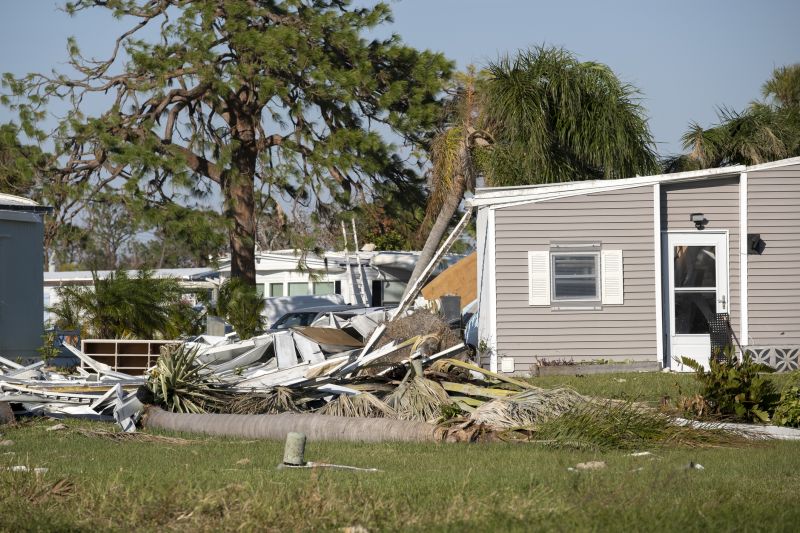
Evaluating damage promptly ensures effective restoration planning.

Specialized tools facilitate efficient restoration work.
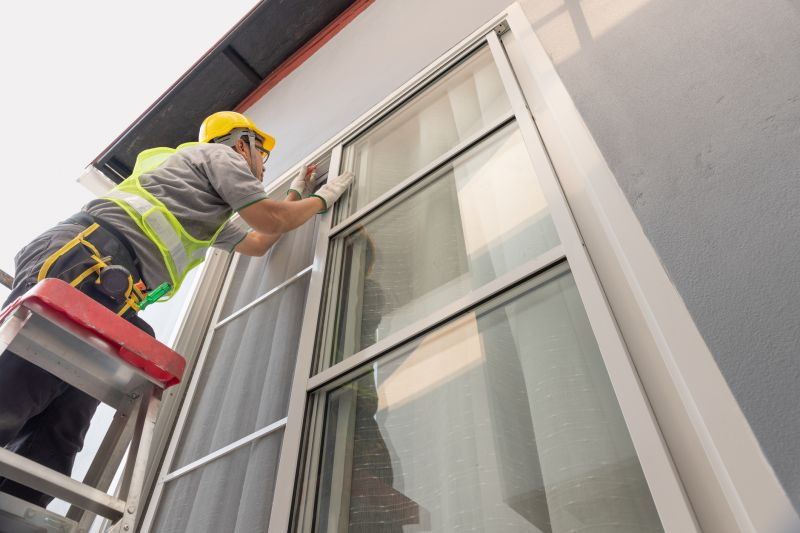
Skilled teams perform repairs safely and effectively.
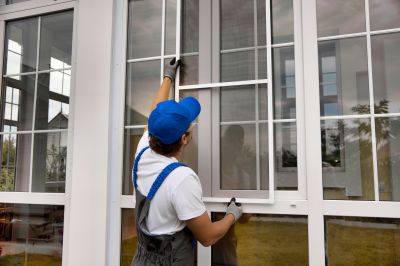
Ways to make Storm Restorations work in tight or awkward layouts.
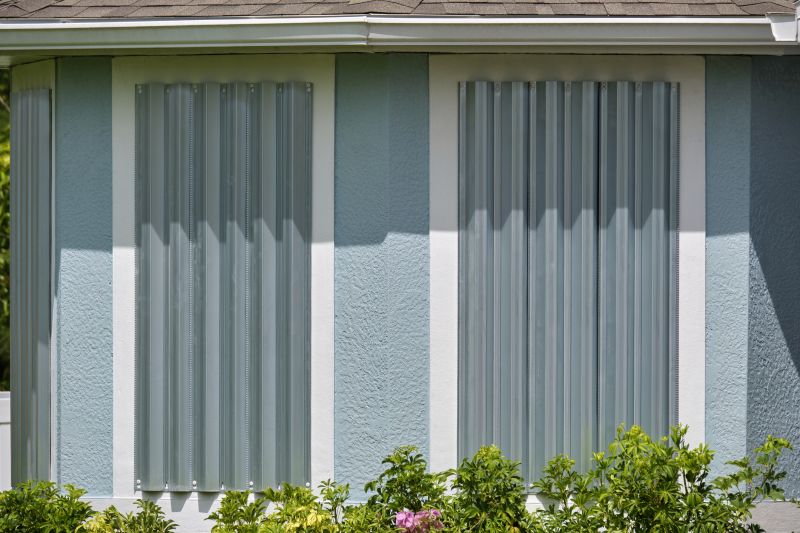
Popular materials for Storm Restorations and why they hold up over time.
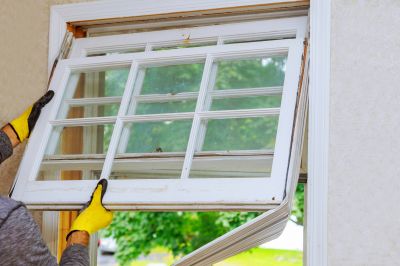
Simple add-ons that improve Storm Restorations without blowing the budget.

High-end options that actually feel worth it for Storm Restorations.

Finishes and colors that play nicely with Storm Restorations.
| Season | Weather Conditions |
|---|---|
| Spring | Moderate rain, mild winds |
| Summer | Dry, warm, occasional thunderstorms |
| Fall | Less storm activity, stable weather |
| Winter | Potential for snow and ice, less ideal |
| Storm Season | High winds, heavy rain, potential flooding |
Storm restorations involve repairing damage caused by severe weather events such as high winds, heavy rain, hail, and flooding. These repairs may include roof replacements, siding repairs, window replacements, and structural reinforcement. Timely interventions can prevent further deterioration and protect property value.
Statistics indicate that the majority of storm-related damages occur during peak storm seasons, emphasizing the importance of scheduling restorations during optimal weather periods. Proper planning and execution can significantly reduce recovery time and costs.
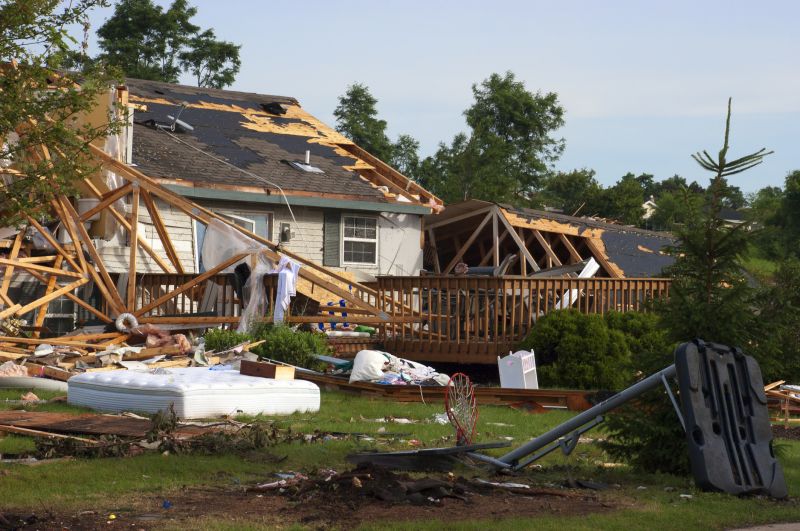
Severe weather can compromise roofing integrity.
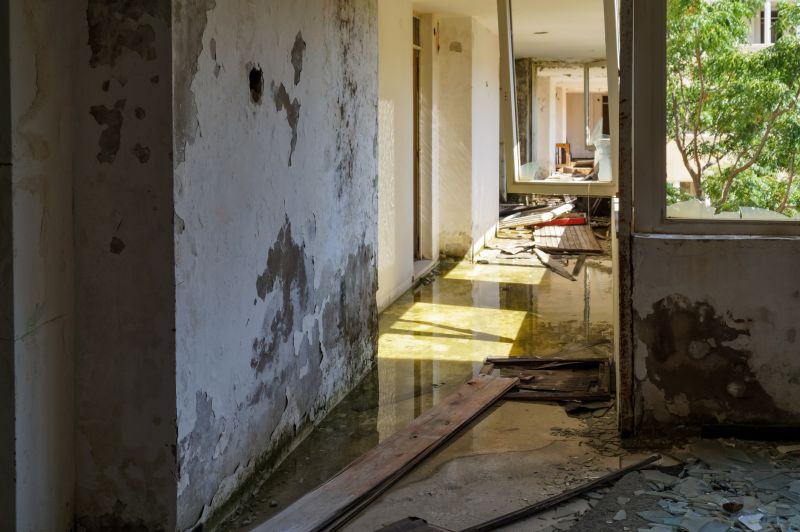
Flooding can lead to extensive water intrusion.
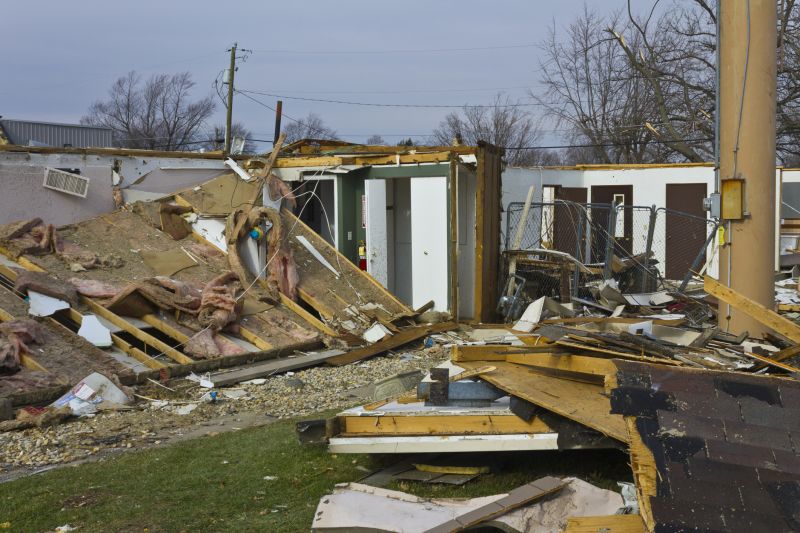
Hail can cause significant exterior damage.
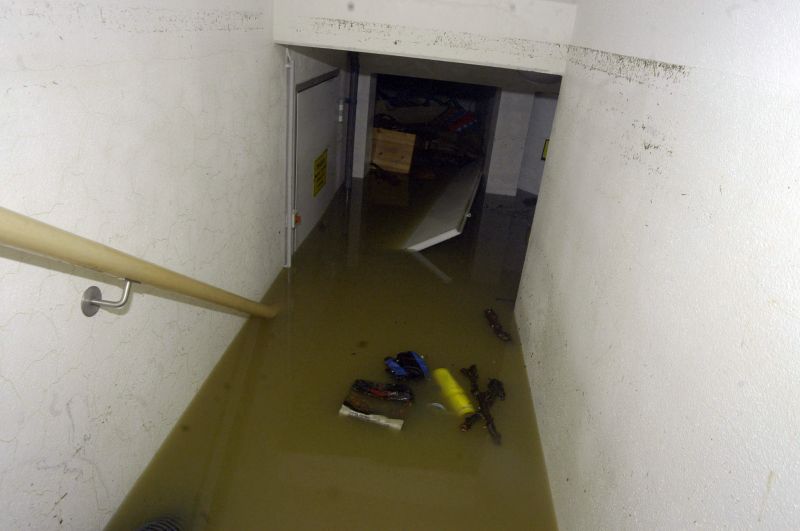
Flooding may require extensive restoration efforts.

Little measurements that prevent headaches on Storm Restorations day.
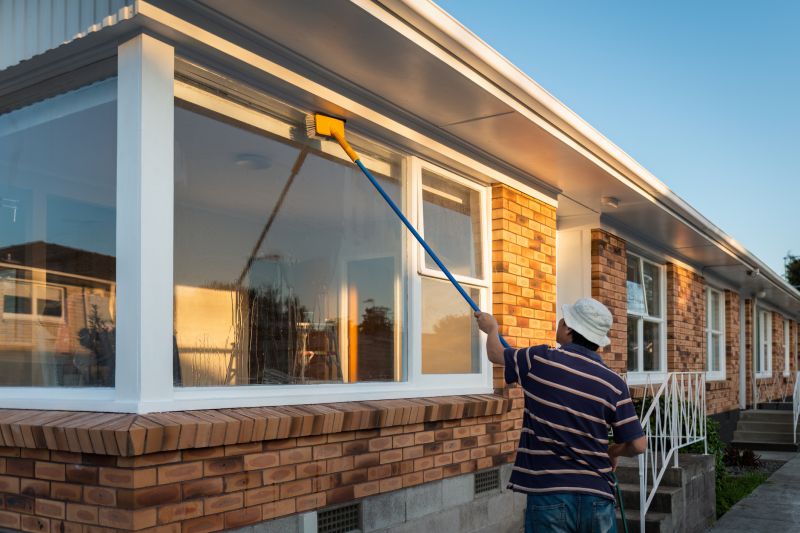
A 60-second routine that keeps Storm Restorations looking new.
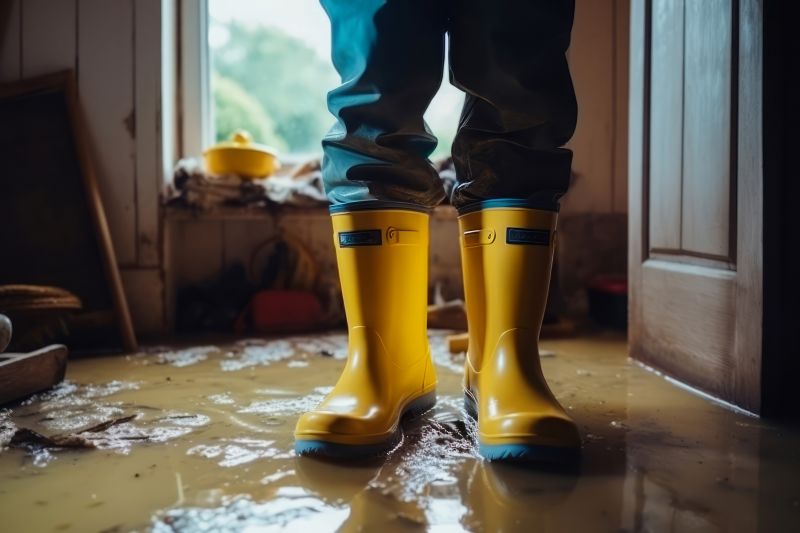
A frequent mistake in Storm Restorations and how to dodge it.

Small tweaks to make Storm Restorations safer and easier to use.
Interested property owners can contact for more information about storm restoration services. Proper timing and expert intervention can help restore property safety and integrity efficiently.
